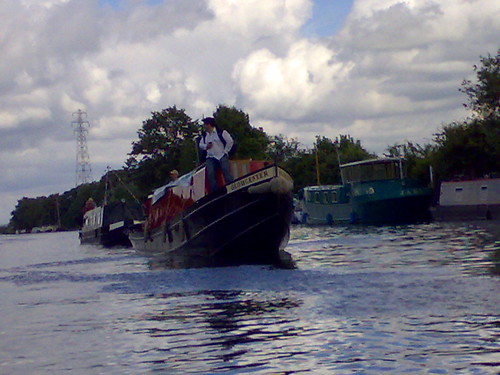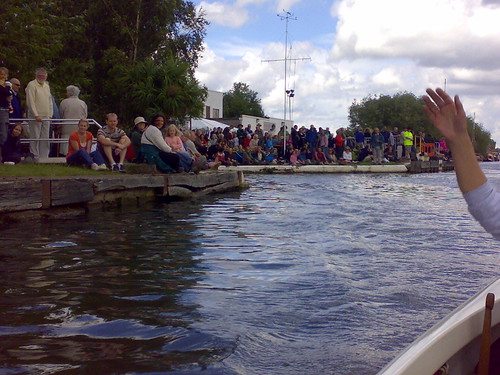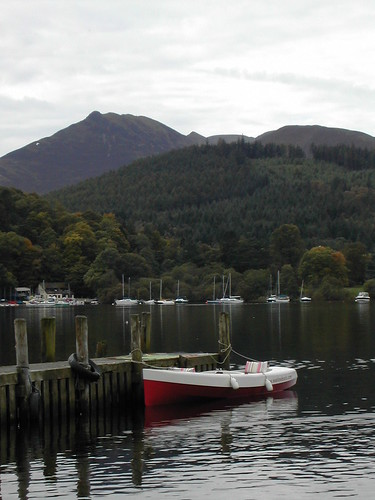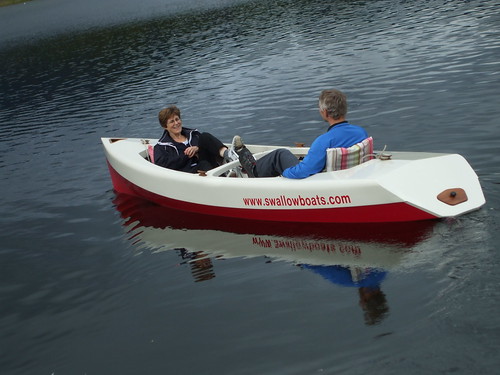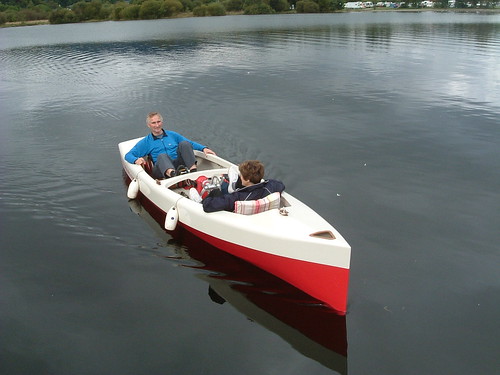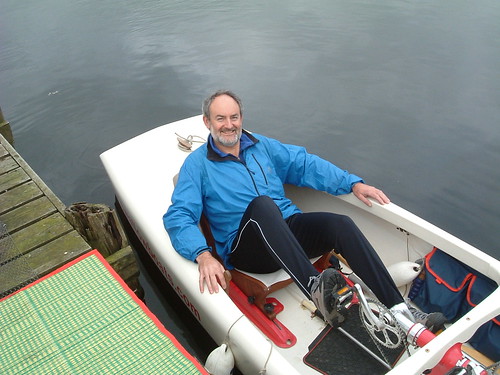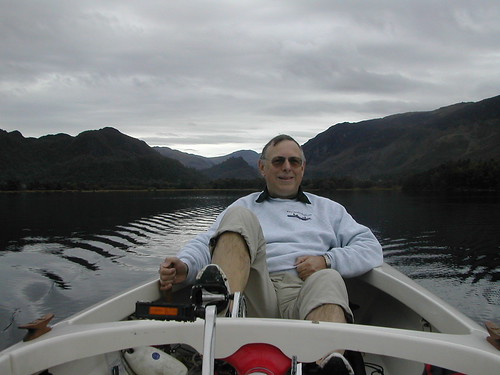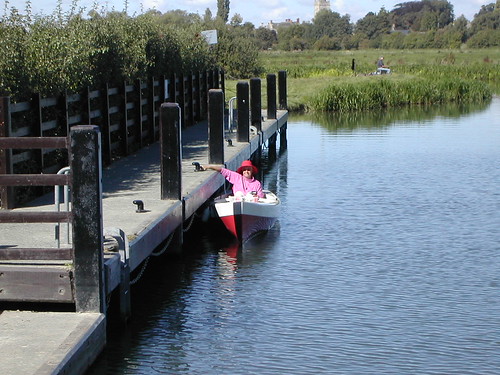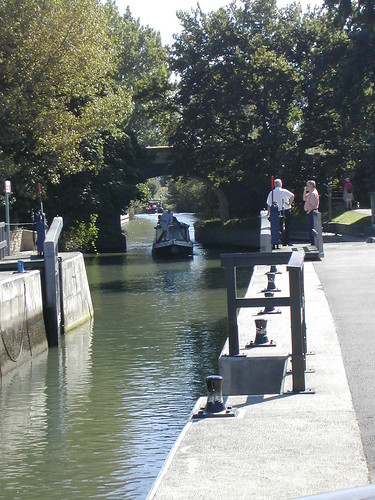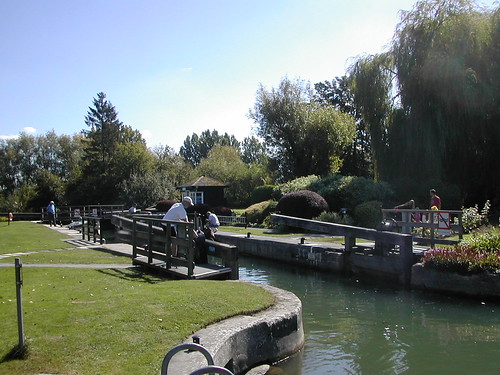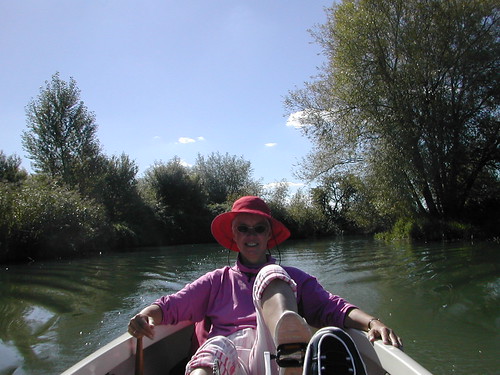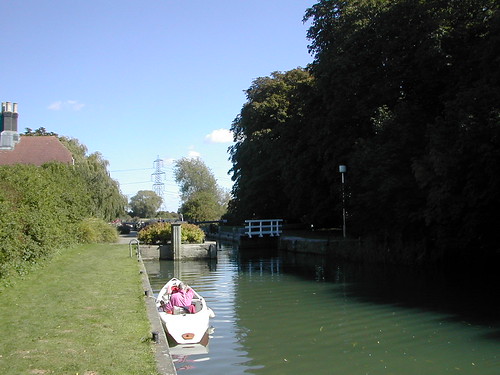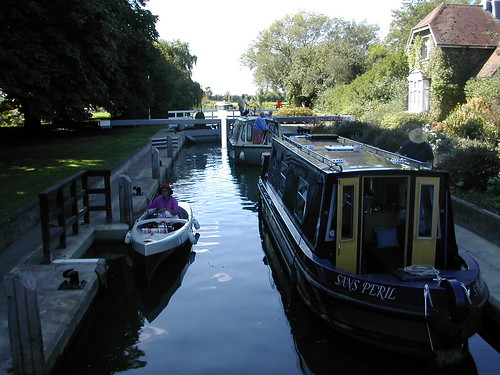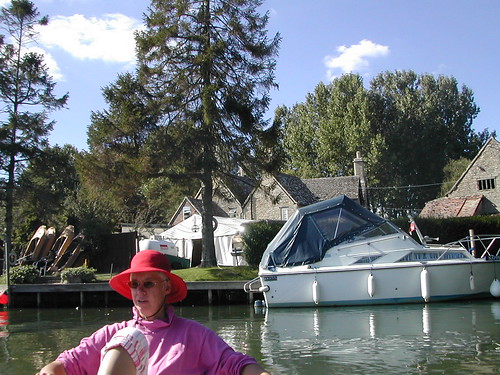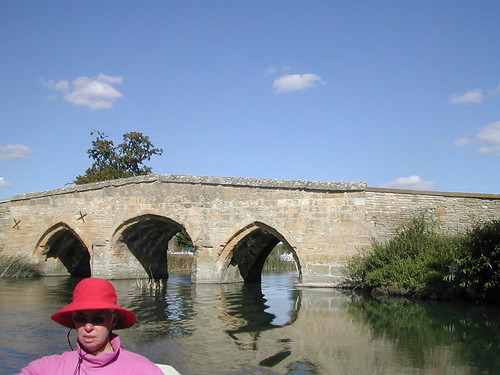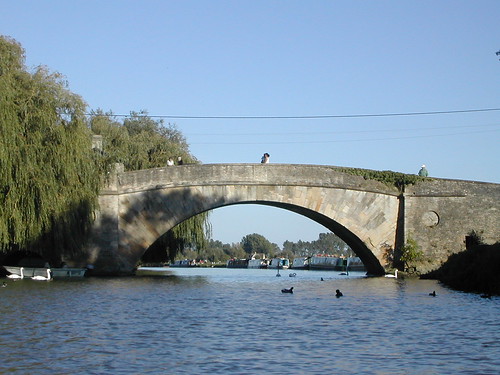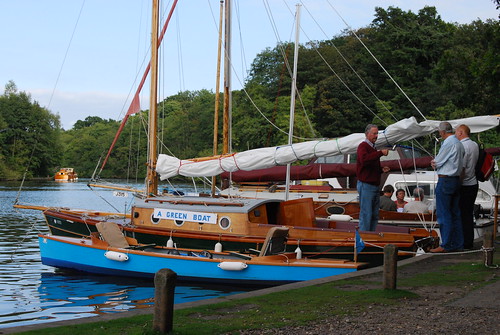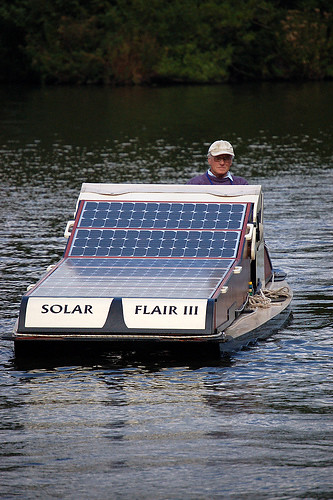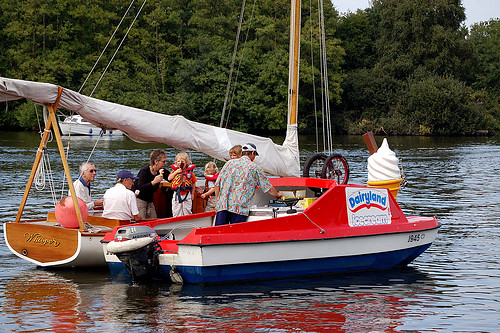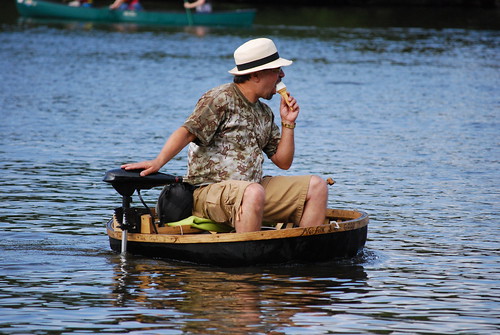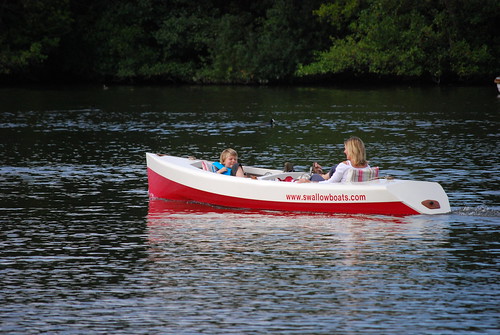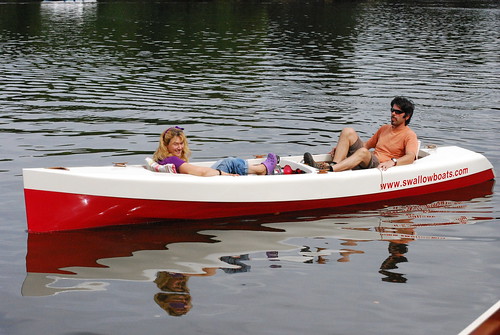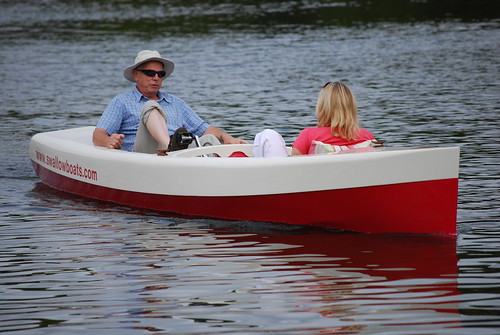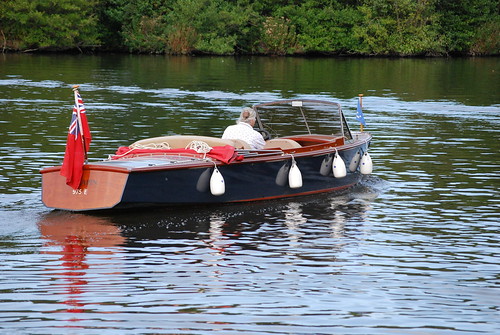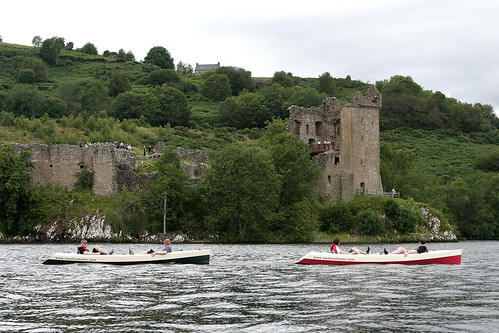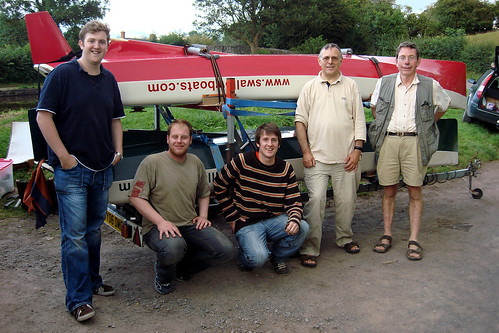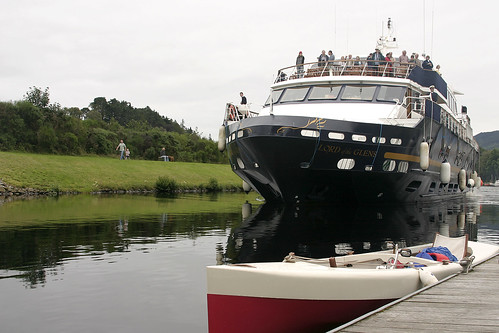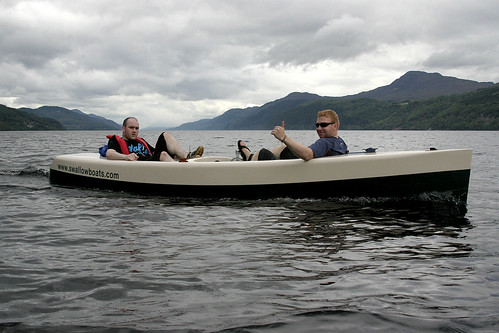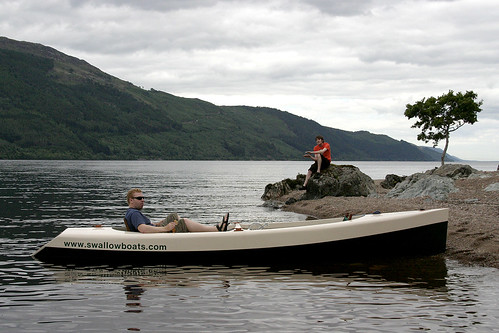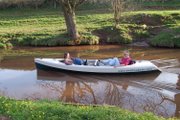the first time last week, we decided to experiment with a 2 day cruise camping overnight.
We were keen to try an ‘un-Winsomed’ stretch of the Thames and so settled on launching at Windsor and pedalling 15 miles upstream to Hurley lock where we found we could book a camping pitch on an island.
We launched the boat at Windsor Leisure Centre.

Their public slipway (free) was excellent with plenty of room for parking and offloading and mooring alongside. The only people we saw were a couple of friendly Traffic Police having their morning break and they were keen to learn about Winsome.
Having launched, we had to park the car in the adjacent Pay & Display car park. The meter only allows you to pay for 24 hours (£10) but the carpark staff said that, as long as we paid for 2 days and attached two tickets to our windscreen, all would be well. Although that cost us a total of £20, we considered it cheap for the combined use of a Thames slipway and overnight parking.
Earlier experimentation had shown that our sleeping bags and mattresses (packed in Waterproof Dry Tube bags) would fairly easily stow in the fore and aft buoyancy chambers without overfilling them. We slung the tent under the engine ‘bridge’ under one side deck. That kept it well clear of our pedalling. The stove and cool bag went behind one seat and the food box and clothes bag behind the other. With the bulky stuff out of the cockpit or stored behind the seats, the boat didn’t seem unusually full at all.
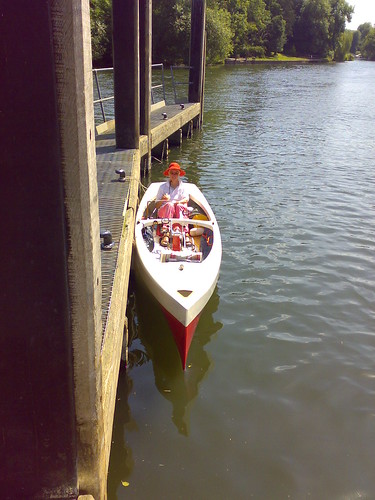
At 11.30am, with everything stowed we pedalled off under Windsor Bridge. In the stretch by Windsor Racecourse, we encountered an Environmental Agency Boat floating midstream with a flashing blue light and a strange set of bubbles astern. As we passed, a couple of divers surfaced. Sadly, we discovered from the lock keeper at the nearby Boveney lock that they were police divers searching for a man who had gone missing after diving off a trip boat the previous evening. A sobering start to our trip.
We needed to make it to Hurley Lock (15.2 miles) by 6.30pm to collect the key for the island campsite before the lock keepers went off duty. We were therefore pleased to discover that we were easily averaging between 3.5mph and 4mph against the stream but a long wait at the first two locks reminded us why canal folks measure distances in ‘lock miles’ and why we couldn’t afford too many stops en route. The idle time at locks reduced our overall trip speed to 2.8mph.

Winsoming on the Thames on a glorious summer’s day is a delightful experience.
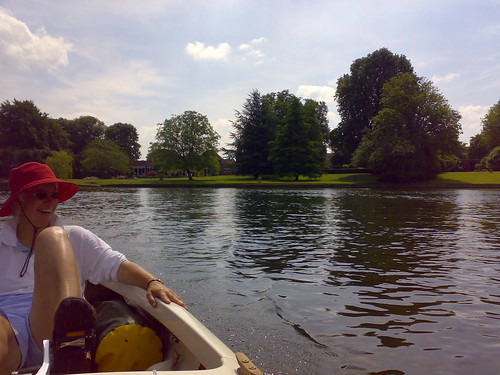
For a start, every bend in the river brings new interest – grand houses,
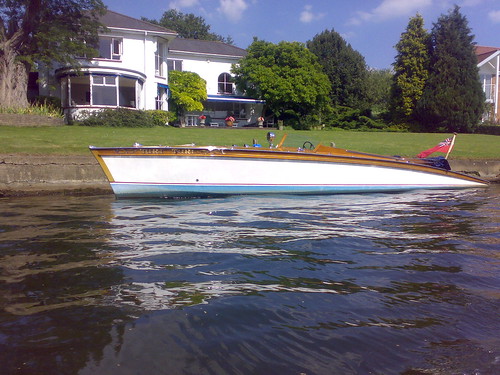
beautifully cut lawns, ancient churches and priories,
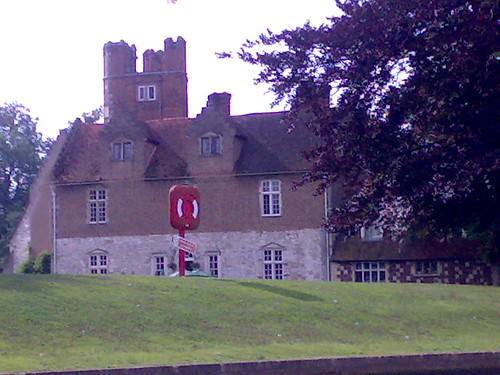
famous bridges, impressive weirs and, best of all, some beautiful traditional riverboats.
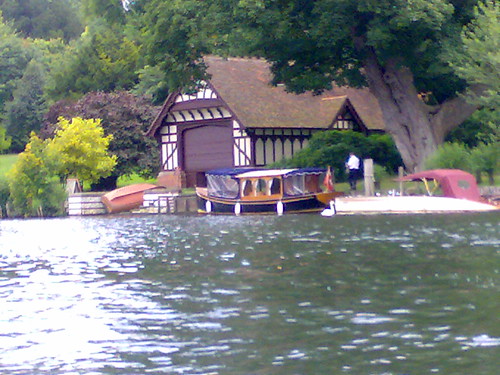
And inbetween you pass through silent wooded stretches with a glimpse of a mansion (in this case Cliveden) in the distance.
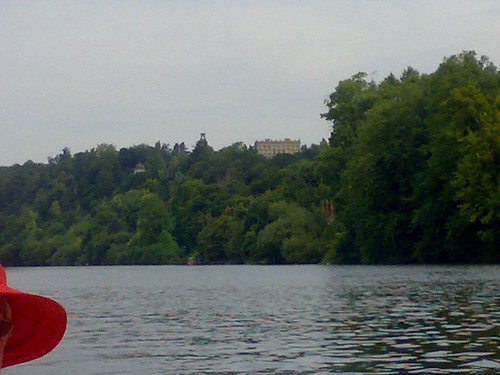
The only thing which spoils the experience is the number of high-rise, gas guzzling, white motor cruisers which thunder by (sometimes two abreast) in complete oblivion of the noise, fumes and disturbing wash they create. Do they leave such an ungainly wash because of their huge square sterns? We noticed that the traditional river trip boats with their elegant counter sterns created minimal wash despite being 2 or 3 times the size. Maybe, the Environment Agency could start to charge licence fees according to hull shape and engine size….
As on our previous Thames trips, we found the 7 locks (whilst time consuming) formed a timely break from pedalling.
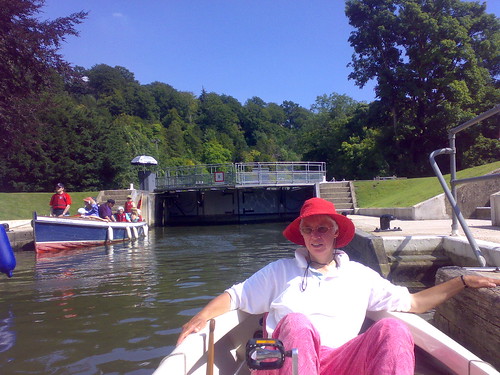
We enjoyed putting our feet up, chatting to the lockkeepers, responding to the inevitable Winsome interest and passing the time of day with other river users. We’d still like to find an alternative to hanging onto the slimy green chains as the lock fills/empties. Getting wet gloves on and off is tedious and hooking the chain links with the boat hook or other hooked implement can be fiddly. The rush of water filling the lock looks alarming (from our lowly position) but disturbs Winsome’s equilibrium surprisingly little.
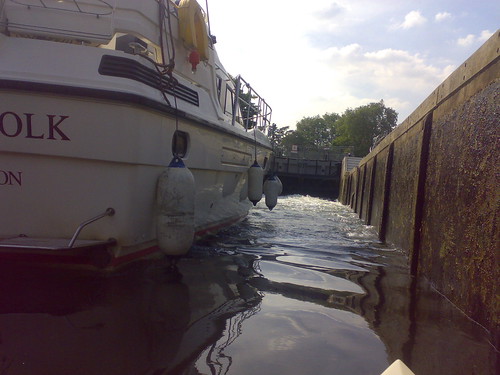
We are more affected by the turbulence (and fumes!) created by the boats leaving the lock ahead of us. We like to nip out first, when we can, given that our initial acceleration is a lot faster.
Passing under Marlow bridge at the 12 mile mark, our legs started to feel tired for the first time. We became more aware of the hot sun and the strength of stream against us and our pedalling speed dropped below 3mph. We passed the famous Compleat Angler Hotel and thirstily eyed their attractive terrace restaurant. However, the pristine white table cloths, besuited waiters and well dressed clientele sipping champagne sent out a less than welcoming message to a couple of sweaty pedallers in shorts and sunhats. Instead, the crew produced a couple of chilled beers out of our onboard cool bag and on we sped, refreshed, to tackle the last two locks and last 3 miles of river arriving at our destination, Hurley Lock, at 5.30pm.
At Hurley, we camped on an island behind the lock (£7.50) and were delighted to be able to pitch our tent within feet of the boat.
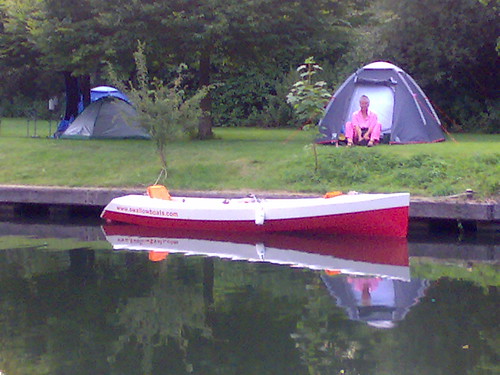
Our “neighbours” (a large family from Reading) welcomed us, showed us the ropes, lent us their mallet and generally made us feel at home. A short stroll into the village brought us to the Rising Sun Inn where we ate and drank well before returning tired and happy to our camp.
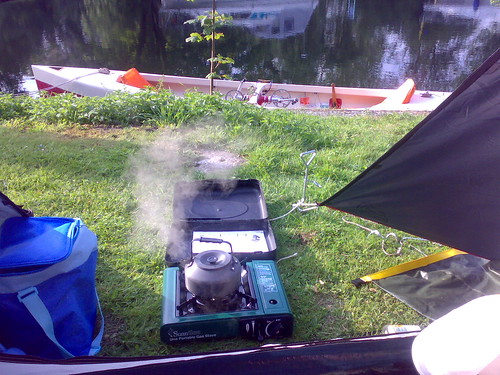
Our second day dawned early (courtesy of the Heathrow flight path!) and we managed to have breakfast in the sun, strike camp, re-pack the boat and be ready for Hurley Lock when it opened at 9am.
As we turned for home, we immediately noticed the difference of pedalling ‘downhill’. With fresh legs, we found ourselves batting along at an easy 4.5-5mph, recording a 6.8mph maximum speed at one point (showing off probably). We certainly surprised the friendly Irish skipper of a narrow boat (also heading for Windsor) when we stayed ahead of him fairly effortlessly for the entire morning until we reached Maidenhead and stopped for lunch.
With the weather again so hot, we were delighted to discover that wrapping our water bottle in a wet sock (and dunking it over the side at regular intervals to keep it wet) kept the water at a pleasantly cool temperature for drinking. The wonders of evaporation.
Even though we were effectively retracing yesterday’s steps, we found that the return trip was entirely different.
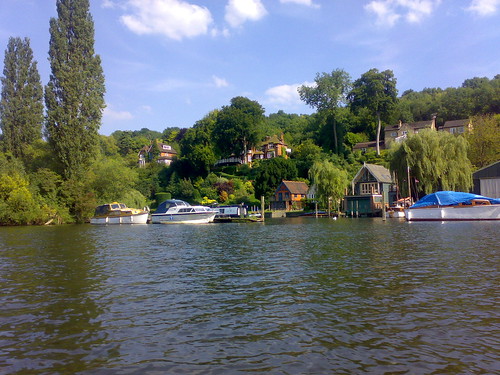
Having left Hurley Lock at 9.15am and had a brief lunch stop, it looked like we’d be back in Windsor by 2pm. However, at our last lock (Boveney), we were waved inside by the keeper who informed us that the river ahead was closed and we would have to stay in the lock until it reopened. It transpired that the police divers had found the body they had been searching for and were currently recovering it. The news was sobering and we chatted about the tragedy with the crew of a trip boat who were sharing the lock. Unfortunately, it’s not easy to see how one could quickly recover a man in the water from such a large boat.
We eventually arrived back at Windsor Leisure Centre at 2.45pm and unpacked and recovered the boat, lashed it on the roofrack and were heading reluctantly for the M4 within 30-40 minutes.
Next time, I think we might try 2 nights camping and a 60 mile trip (downhill) if we can find a train or bus service to get us back to rescue the car. Winsome still has plenty of the Thames left to explore.

